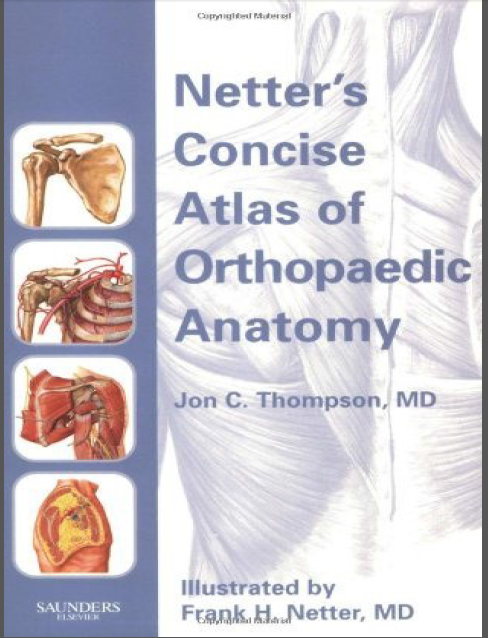In this post you can download pdf of Netter's concise atlas of orthopaedic anatomy from here free.
But it's a comprehensive reference to help you get through your busy clinic and morning rounds. I found a similar book in bookstores and had success as a pocket reference. Orthopedics. Few were available, but none were in a fast, easy-to-read format. As a result, I made pocket-sized note cards. The map started with basic anatomy, such as the diagrams of the brachial plexus or fascia. Leg compartments. I then added cards for various conditions including notes on pertinent History and Physical Exam findings and treatment options. Many years later, when the growing stack of note cards was too big, unwieldy and tattered to use any longer, I converted the information into a more usable book format. That original hand-assembled book is the foundation of the atlas you are now holding. One well-drawn anatomic picture often explains far more than several pages of detailed text.
This concise, quick-reference atlas covers the spine and extremities as well as diagnosis and treatment of orthopedic conditions with primary emphasis on illustrations that educate, oftentimes without the need for explanatory text. The text, if any, is displayed in the table Form to quickly display important information. The first nine chapters are structured anatomically. Because I firmly believe that the Treatment of orthopedic problems is based on anatomy, I've attached a great review the anatomy of the spine and extremities. There are also subsections in each Chapters to support the clinical diagnosis and treatment of the orthopedic patient. For example, The anamnesis table offers assistance in the development of a differential diagnosis in trauma and Disorder tables help with work and treatment options for many orthopedic conditions.
Chapter 10 is a brief introduction to the basic orthopedic sciences. I was impressed when I first opened Frank Netter's Human Anatomy Atlas. Inspired by the incredible clarity and volume of information contained in each of his documents. Image. In my opinion, his work is not comparable. It is also deeply rooted as the basis for this text With so many images, you can imagine how happy I was when I did the Icon Run. This system has asked you to join forces to create this new publication. I thank them. Commitment, professionalism and perseverance to this project. We would also like to thank Dr. Jim Heckman. For lending his wisdom and years of publishing experience to these efforts. This book is the culmination of years of accumulation and deepening of orthopedic teachings data. In fact, it is literally the reference book I was looking for as a medical student. But never been able to find it. It has helped to synthesize the information contained on this cover. And when I was a student and a young doctor, I kept a lot of information. i believe it Readers will serve you equally well.

